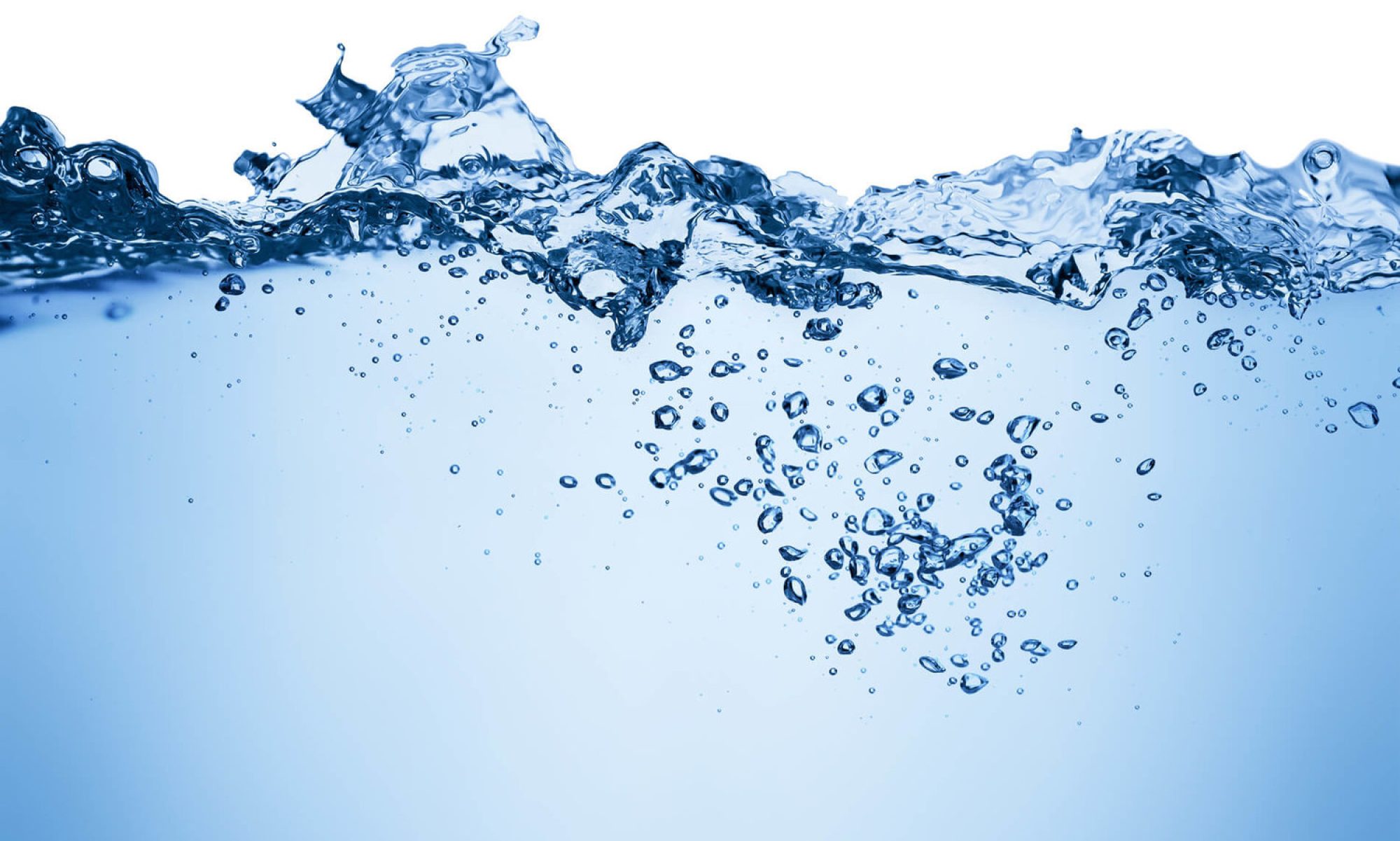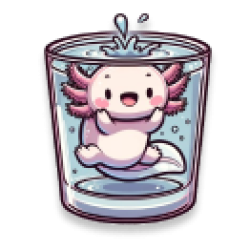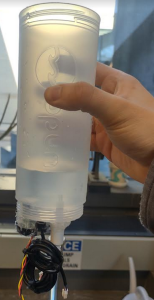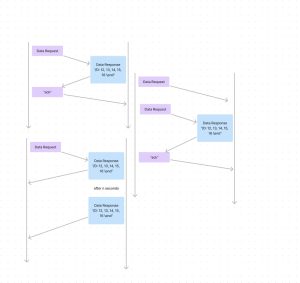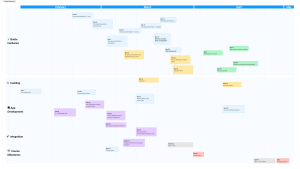What are the most significant risks that could jeopardize the success of the project? How are these risks being managed? What contingency plans are ready?
Right now, we are concerned with finding a food-safe, effective sealant. We are exploring a few different options. The first one has already arrived, and we will begin testing shortly. We are also working on detecting uprightness with an FSR, and are exploring different alternatives for this (more than one FSR, a larger FSR, different stands to hold the FSR in the final bottle).
Were any changes made to the existing design of the system (requirements, block diagram, system spec, etc)? Why was this change necessary, what costs does the change incur, and how will these costs be mitigated going forward?
Our exploration into sealants and FSR options does have a cost, but we have room in the budget for them.
Another big change is that we decided to 3D-print our bottle (out of food-safe acrylic), so we have purchased filament for it, but, again, there is room in the budget for it.
Now that you have some portions of your project built, and entering into the verification and validation phase of your project, provide a comprehensive update on what tests you have run or are planning to run. In particular, how will you analyze the anticipated measured results to verify your contribution to the project meets the engineering design requirements or the use case requirements?
We will measure the sensors (temperature, turbidity, tds) against the ground truth (from reference tables and/or pre-existing sensors we know to be correct), to make sure they are within an acceptable margin of error in the final assembly.
We will use fuzzers and static analysis tools to detect issues in the code and correct them (both for the microcontroller code and the app code)
We will stress-test the bottle for leakage by leaving liquid in it for an extended period of time, and moving it at intervals (the acceptable threshold is no leakage).
We will test the battery life by keeping the bottle on for extended periods of time, and simulating drinking from it at intervals (we expect to reach the battery life outlined in our requirements, of at least 2 days).
We will test the classifier for accuracy with different samples, as we calibrate the system for them.
